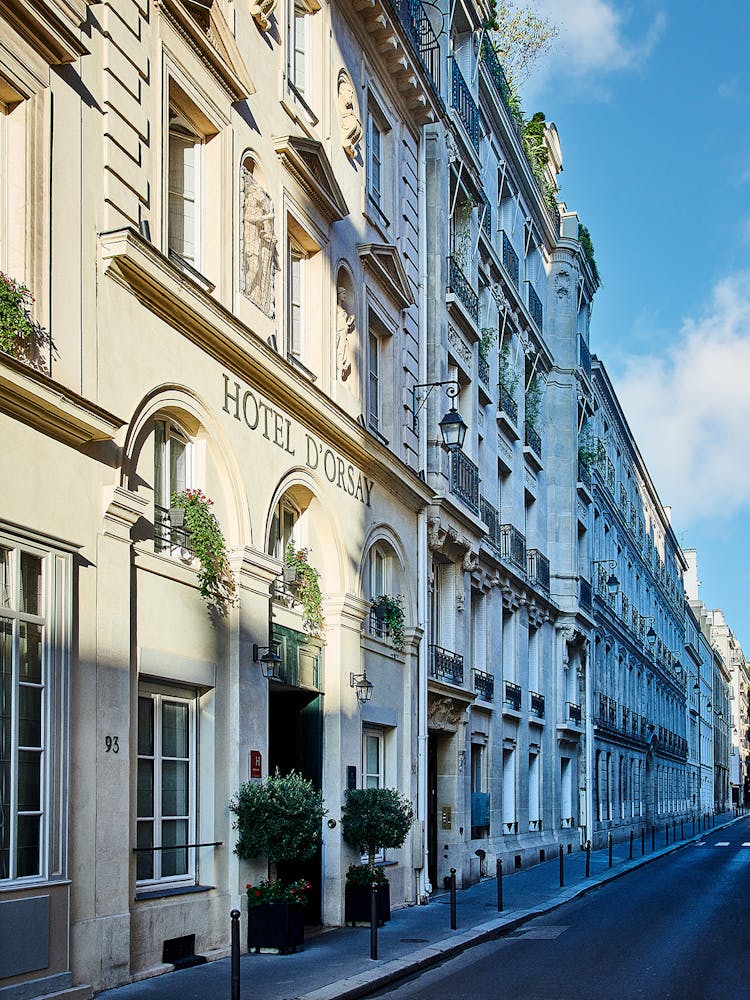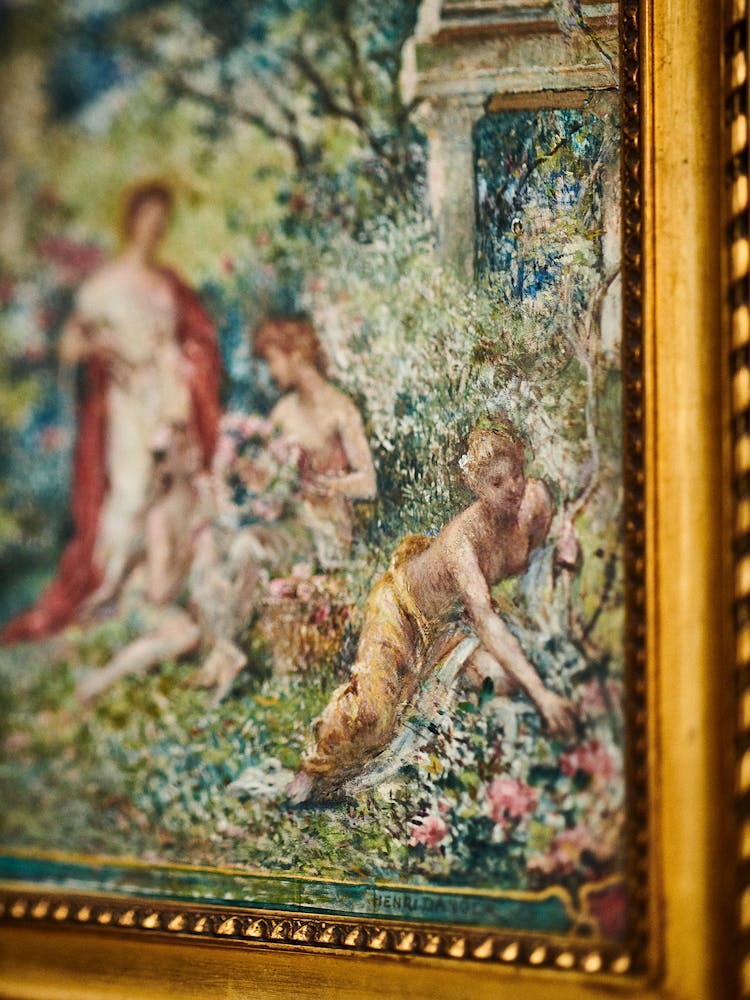Signature hotel
Rive Gauche
Hôtel des Saints Pères
Components.establishmentBlock.pricingStart €169 Components.establishmentBlock.pricingEnd
Components.establishmentBlock.details
Signature hotel
Rive Gauche
Hôtel d'Orsay
Components.establishmentBlock.pricingStart €159 Components.establishmentBlock.pricingEnd
Components.establishmentBlock.details
Signature hotel
Rive Gauche
Hôtel du Parc Saint-Séverin
Components.establishmentBlock.pricingStart €149 Components.establishmentBlock.pricingEnd
Components.establishmentBlock.details
Paris from the Rive Gauche
The Left Bank refers to the 5th, 6th, 7th, 10th, 14th, and 15th arrondissements of Paris. In the early Middle Ages and throughout the Renaissance, the Seine divided Paris into two distinct parts. The Left Bank was associated with education and culture, home to the University of Paris and a large student population. In contrast, the Right Bank was known as "the City", where the general population lived.
For many decades, a clear distinction was made between the Left Bank, associated with culture, and the Right Bank, perceived as the financial center. Although this division has faded over time, it remains embedded in the collective consciousness.
The history of the Left Bank begins with the Romans. In the 1st century, they built impressive structures on the Left Bank, including a forum, arenas, and baths, some of which still exist today. The Left Bank later became a center of education, culture, and thought. It has hosted the Sorbonne University, many libraries, and famous literary cafés, such as the Procope, the Café de Flore, or the Deux Magots.
This bank possesses an intellectual and cultural wealth, visible today through the bookstores of Paris, the majority of art galleries, and most of the arthouse cinemas. The largest French publishers have also chosen to establish their headquarters in the Left Bank district. All of this heritage, with its visible traces and cultural institutions, continues to reinforce the indissoluble link between the Left Bank and culture, thus deeply marking the memory of Parisians and enlightened visitors.































